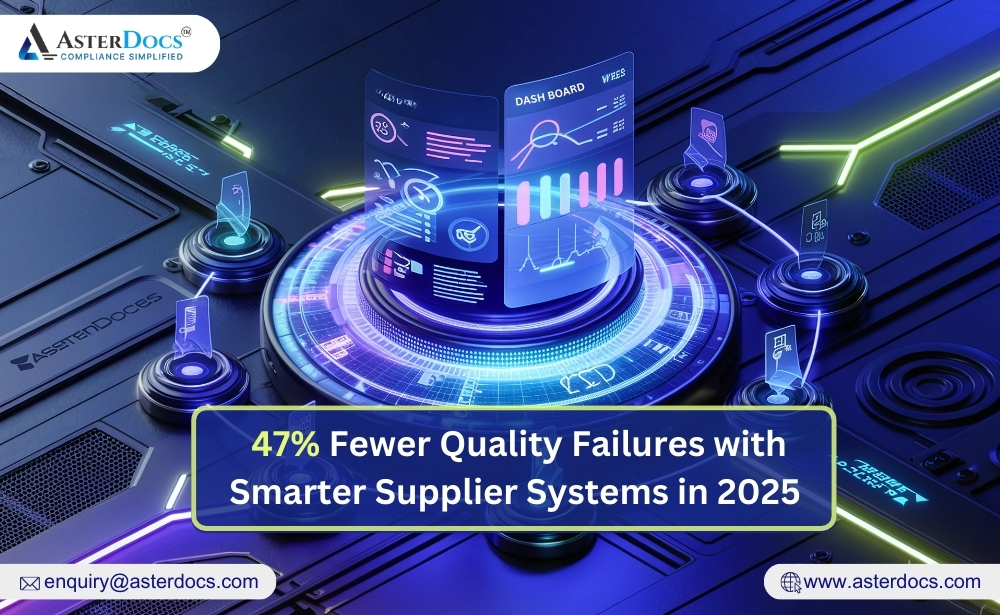Supply chain resilience is paramount in today’s fast-paced and interconnected business landscape. Businesses must navigate challenges, from global market fluctuations to unforeseen disruptions like natural disasters and pandemics. At the heart of this resilience is the effective management of suppliers, and this is where supplier assessment and risk assessment intersect.
The Significance of Supplier Assessment
Supplier assessment is evaluating and rating suppliers based on various criteria such as quality, reliability, financial stability, and compliance with industry regulations. It serves as a foundation for building strong and resilient supply chains. Here’s how assessment of suppliers plays a crucial role in enhancing supply chain resilience:
- Supplier Reliability: Assessment helps identify suppliers who consistently meet their commitments, ensuring a reliable flow of goods and services. Reliability is a key component of a resilient supply chain.
- Quality Assurance: Assessing suppliers for quality standards ensures that the products or services meet the necessary quality benchmarks. This reduces the risk of defects or recalls, which can disrupt the supply chain.
- Financial Stability: Evaluating the financial health of suppliers is essential. A financially stable supplier is less likely to face financial crises that could lead to production delays or even bankruptcy, impacting your supply chain.
- Compliance and Regulations: Suppliers must adhere to industry-specific regulations and standards. Assessment ensures that your suppliers comply, reducing legal and regulatory risks.
- Alternative Suppliers: Assessing multiple suppliers for the same product or service allows you to have backup options. If one supplier faces issues, you can switch to another, minimizing disruptions.
The Role of Supplier Risk Assessment
While vendor assessment focuses on the qualifications and capabilities of suppliers, supplier risk assessment delves into the potential risks associated with these suppliers. It helps identify, evaluate, and mitigate risks that could threaten the supply chain. Here’s why risk assessment is essential:
- Risk Identification: Risk gauging of vendors identifies financial instability, geopolitical factors, natural disasters, and operational vulnerabilities that could disrupt the supply chain.
- Real-Time Monitoring: Traditional risk methods may lack agility. Risk evaluation offers real-time monitoring, enabling timely responses to emerging risks.
- Data-Driven Decision-Making: Vendor risk analysis relies on data and analytics to give businesses insights into potential risks. This data-driven approach enhances decision-making.
- Supply Chain Resilience: A robust risk evaluation system enhances supply chain resilience by identifying risks, taking proactive measures, and minimizing disruptions.
- Supplier Collaboration: Supplier risk assessment encourages collaboration between businesses and suppliers. It provides a platform for sharing information, addressing concerns, and working together to mitigate risks.
The Interplay Between Supplier Assessment and Risk Assessment
The link between supplier assessment and risk assessment is evident. Assessment of suppliers ensures that your suppliers are capable and reliable, foundational elements of a resilient supply chain. On the other hand, risk calculation evaluates the dynamic landscape in which these suppliers operate.
When combined, these two processes create a comprehensive framework for supply chain resilience:
- Identifying Critical Suppliers: Assessment of suppliers helps identify critical vendors whose products or services are essential to your operations. These vital suppliers are subjected to more rigorous risk assessment.
- Prioritizing Risks: Not all risks are equal. Risk assessment of vendor allows you to prioritize risks based on their potential impact on your supply chain. Critical threats are addressed with urgency.
- Continuous Monitoring: The interplay continues with constant monitoring. As suppliers are assessed, and risks are identified, ongoing monitoring ensures that the supply chain remains resilient in the face of evolving challenges.
- Scenario Planning: Combining vendor assessment and risk assessment enables scenario planning. Businesses can proactively prepare for potential disruptions by having backup suppliers and risk mitigation strategies.
- Data-Driven Mitigation: Both processes rely on data. Assessment provides data on supplier capabilities, while risk analysis
- provides data on external threats. This data-driven approach ensures that mitigation efforts are targeted and effective.
Conclusion
The synergy between supplier and risk assessment is undeniable in a world where supply chains are increasingly complex and susceptible to disruptions. Supplier assessment forms the bedrock of supply chain resilience by ensuring that your suppliers are reliable and capable. Risk assessment complements this by evaluating the external risks that could impact your supply chain.
They create a dynamic and proactive approach to supply chain management, allowing businesses to anticipate, mitigate, and recover from disruptions efficiently. In this interconnected business landscape, the link between supplier and risk assessment is the key to ensuring your supply chain’s resilience and long-term success.













